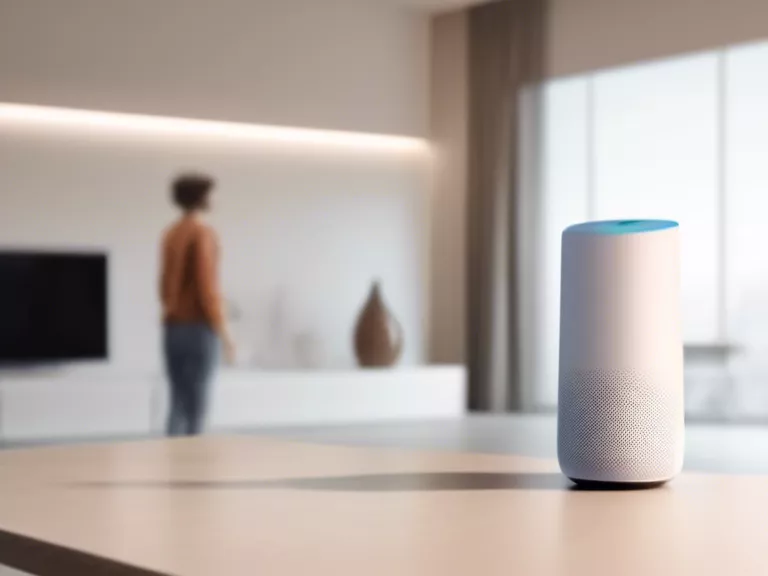
AI-powered home assistants like Amazon Alexa and Google Home have revolutionized the way we interact with technology in our homes. These devices are constantly improving their ability to understand and execute user commands, particularly when it comes to contextual requests.
One key area of advancement for AI-powered home assistants is their ability to understand context. This means that the device can now interpret commands based on previous interactions and information provided by the user. For example, if you ask your home assistant to play a specific song, you can follow up with a command like "play more like this" and the device will understand that you want to hear similar music.
Another way in which AI-powered home assistants are learning to understand contextual commands is through natural language processing. By analyzing the structure and meaning of language, these devices can now interpret more complex requests and respond in a more accurate and helpful manner. This allows for a more seamless and intuitive interaction with the device.
Additionally, AI-powered home assistants are also utilizing machine learning algorithms to improve their ability to understand contextual commands. These algorithms analyze vast amounts of data to identify patterns and trends in user behavior, allowing the device to make more informed decisions about how to interpret and respond to commands.
Overall, the evolution of AI-powered home assistants in understanding contextual commands represents a significant step forward in the development of smart home technology. By continuously learning and improving their capabilities, these devices are becoming more adept at meeting the needs and preferences of their users.



